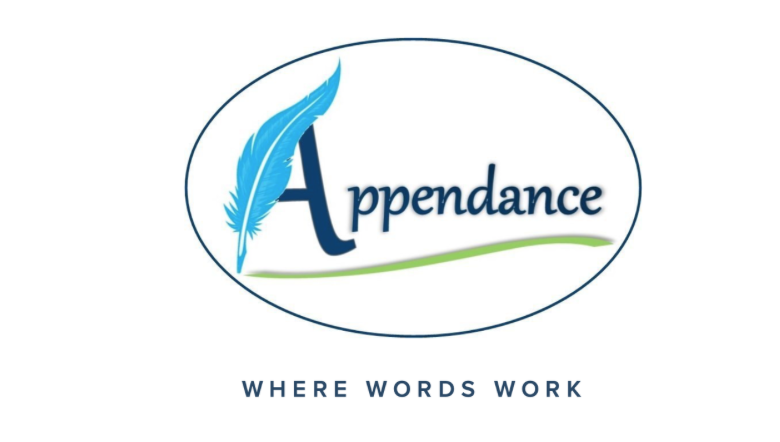Known or Unknown? The Question to Jump-Start Your Writing Process
Have you ever struggled to get started on a letter of application, an email to a new client, or on the slides for an important presentation? This article will give you one question that you can use to jump-start your writing process and make every aspect of your message more effective.
We know that when you sit down to write, there are numerous components of writing that you need to consider, which can make it difficult to know how to start writing. Format! Organization! Development! Formality! Word choice! Spelling! Grammar! Punctuation! Clarity! They all are worthy of consideration…but how do you get started? This uncertainty about how to begin is familiar to all of us (and that is why everyone can identify with the image of sitting in front of a computer, staring at a blank document, feeling overwhelmed).
At Appendance Inc., we try to give you simple tools you can apply to a variety of writing situations so the writing process gets both easier AND more effective. So, next time you try to write, you can ask yourself this question to put you on a path to make better decisions about each of those writing concerns: is your audience “known” or “unknown”?
A client you haven’t met, or a group of people that includes superiors and people you don’t know, or an ambiguous hiring committee would all fall under “unknown” audiences—you are not actually familiar with these people. A coworker you’ve worked next to since you started at the company or a client you’ve communicated with regularly for years would be “known” audiences—you have a body of knowledge about these people and they are familiar to you.
While we certainly create many messages to “known” audiences, people get the most tripped up about communicating to an “unknown” audience. Many business communication faux pas occur because people write to an “unknown” audience as if they are a “known” audience and get it wrong. (Think of using emoticons but the audience thinks that is inappropriate, or the tone of a message coming off as inexperienced instead of cheerful, or having an informal opening or closing that suggests a lack of respect or professionalism.)
Therefore, by asking yourself whether you know the recipient or not, you can choose a path for making the rest of the decisions about how you write, and ensure you come across in the best light.
If you know your audience, you have a body of information about that person that you can draw from to make decisions that influence how you write (what would be acceptable in terms of format, organization, word choice, etc. to that person?).
However, if the audience is unknown, your decisions should be made from the default of “be formal.” Let that be your guide to decide everything else about your message. How should you format something? Consider following a specific and formal structure of an email or letter of application. Which words should you choose? Should you look up how to use a semicolon really quick? How should you close the message? Remember, “be formal.” Coming off “too formal” at the beginning of a correspondence is rarely something people complain about – it is much more logical to make a first impression that is formal and work toward more familiarity than to start informally and try to switch gears and get more formal.
Starting any written communication with this question can help guide you to making more effective decisions as you weigh every part of the writing process.
